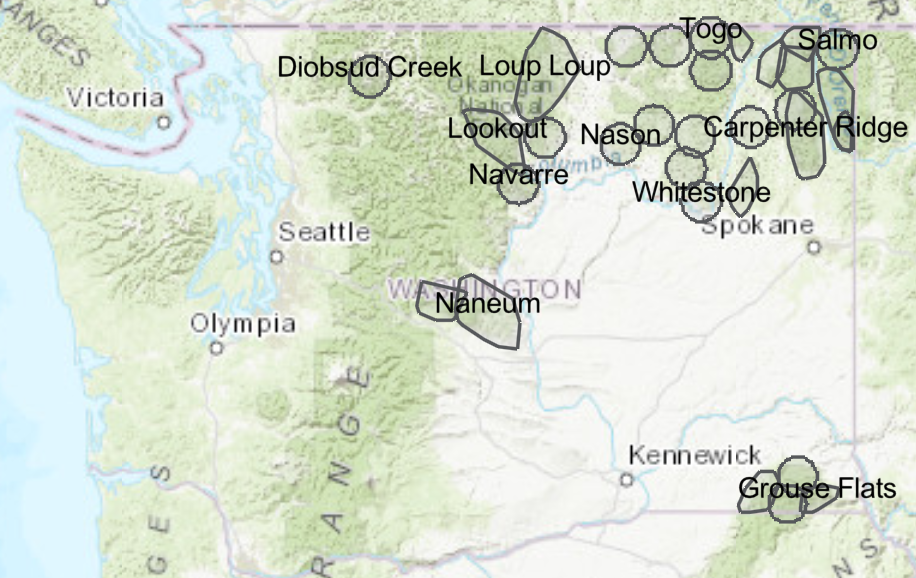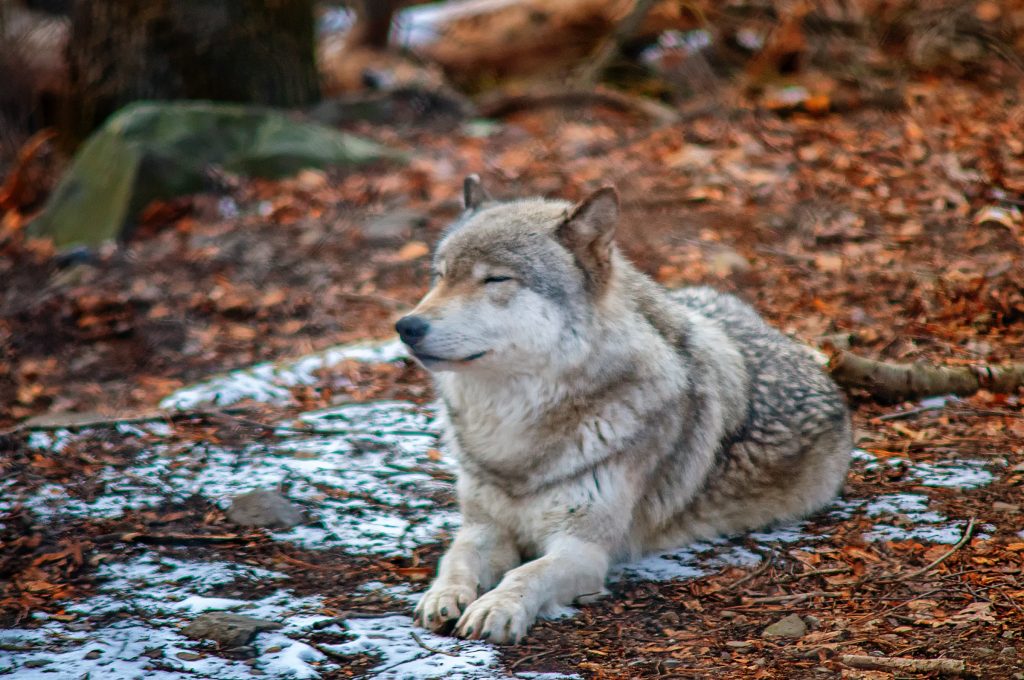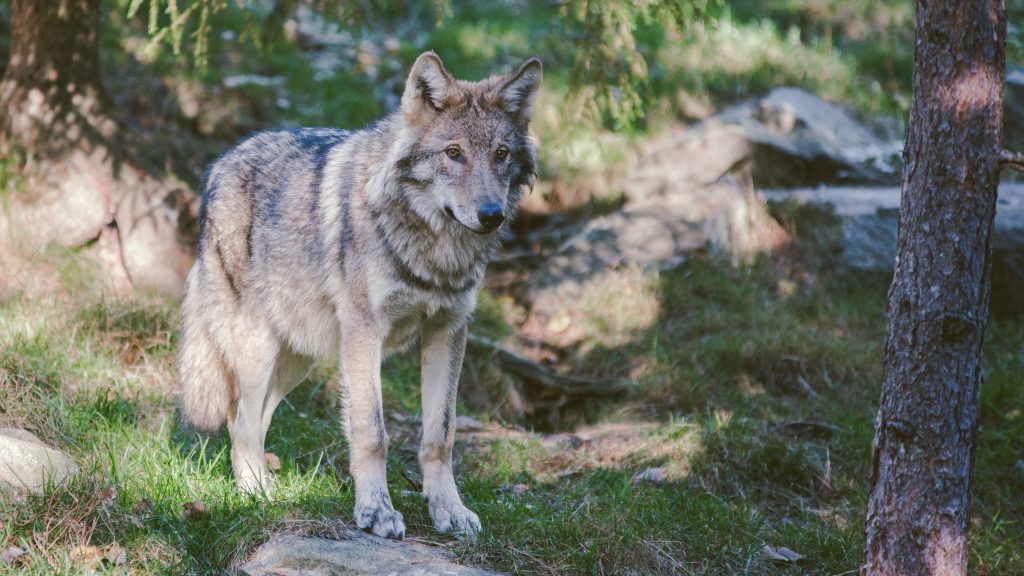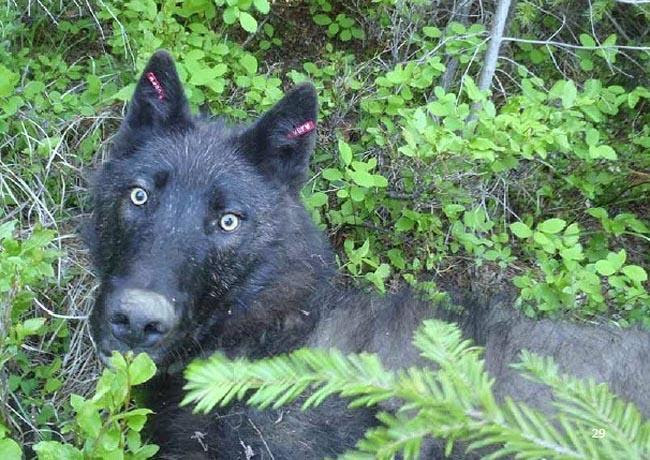Wolves in Washington
The gray wolf (Canis lupus), is a native Washington species.
Historically, gray wolves were common throughout much of Washington, but their population declined rapidly because of trapping, poisoning, and hunting as ranching and farming by European-American settlers expanded between 1850 and 1900. By the 1930s, wolves were considered eradicated from the state. Infrequent reports of animals continued in the following decades, suggesting that individuals continued to disperse into Washington from neighboring states and British Columbia.
In 2008, Washington wildlife managers documented the state’s first breeding wolf pack in modern times. Wolves are returning to Washington on their own; there have been no federal or state actions to reintroduce wolves into Washington. Wolves dispersed into eastern Washington and the North Cascades on their own from adjacent populations in Idaho, Montana, Oregon, and British Columbia.
See WDFW’s “Gray Wolf Conservation and Management Plan.”


Washington Department of Fish & Wildlife
The Washington Department of Fish and Wildlife (WDFW) is managing this recovering endangered species, guided by a citizen-developed plan to address conflicts with livestock and impacts to other wildlife species. Citizen reports of wolf activity and problems are encouraged as WDFW staff members monitor the growth of Washington’s wolves.
WDFW produces an annual report documenting the status, distribution, and management of wolves in the state of Washington over the previous year. You can also watch a video of the presentation on the annual wolf report.
WDFW biologists conduct an annual wolf population survey to obtain a minimum count of wolves in the state. WDFW counted 132 wolves in 24 packs and the Confederated Tribes of the Colville Reservation (CTCR) reported 46 wolves in five packs in Washington at the end of 2020. Counting wolves is a daunting effort that currently employs a variety of tools, including radio collars, helicopters, and dart guns, but might eventually move to noninvasive—and safer—approaches, such as using trail cameras and AudioMoths (recording devices that enable researchers to listen for wolf howls).
If you are interested in receiving email notifications from WDFW about wolf activity updates, you can sign up here.
WASHINGTON WOLF ADVISORY GROUP
Washington’s Wolf Advisory Group (WAG) is responsible for recommending strategies for reducing conflicts with wolves outlined in the Conservation and Management Plan. The group is mostly comprised of those representing ranchers and hunters.
The WAG developed the Wolf-Livestock Interaction Protocol jointly with WDFW. The Wolf-Livestock Interaction Protocol describes the measures livestock producers and WDFW may take to reduce the risk of conflict between wolves and livestock. Measures livestock producers can take include having a greater human presence around livestock (range riders), avoiding den sites, and using deterrence mechanisms, such as scare devices, fencing, or guardian dogs.






